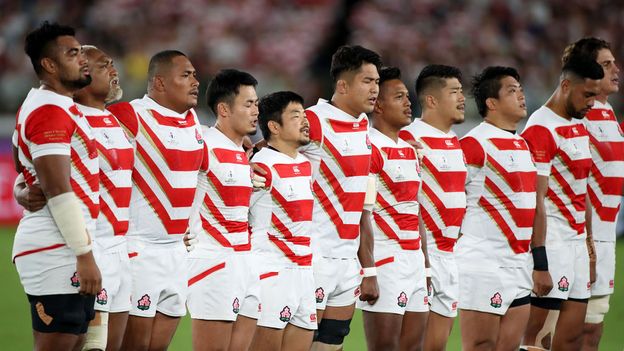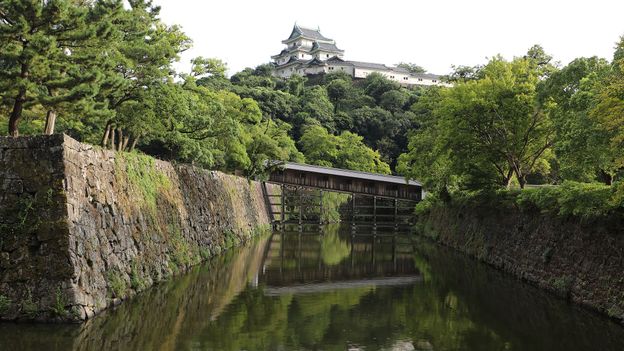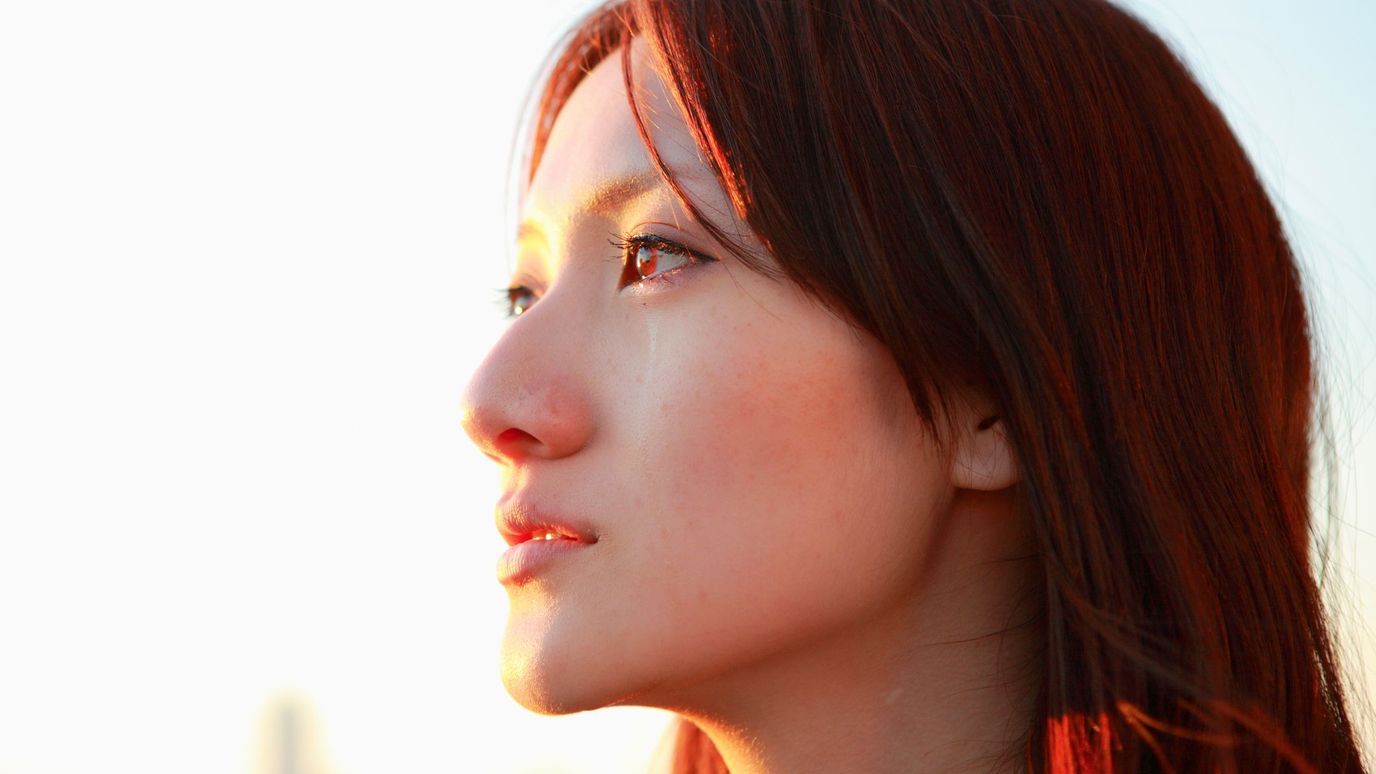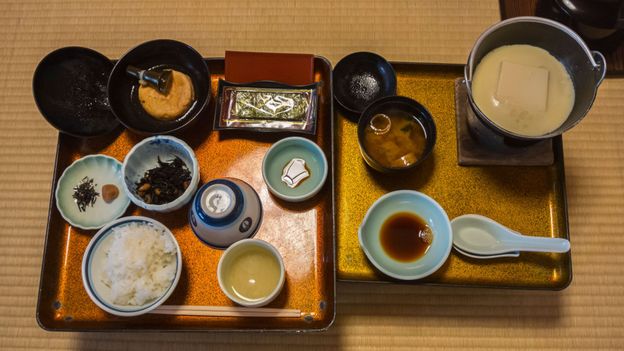While the majority of these Koreans left Japan when the war ended, some 600,000 remained but over time, lost “imperial citizenship” that original settlers were given. The first generation were long-term residents of Japan without Japanese citizenship. As time went on, some of the next generation did apply and receive naturalisation.
In Japan, citizenship is determined by jus sanguinis or the nationality of your parents as opposed to place of birth. For that reason, Japan-born zainichi are counted as foreign residents in government figures.
With a rapidly ageing population, Japan has opened up its immigration policies to fill an acute labour shortage. In 2018 the government signed a bill to allow for hundreds of thousands of workers to come to Japan to work in specific sectors such as construction, nursing and farming.
But how will Japan deal with the changing face of its population?
Half or whole?
Japanese people of mixed heritage have long been known in Japan as hafu (meaning, half). Coined in the 1970s, some believe it’s a divisive term which on the one hand means multi-ethnicity while on the other means “not whole.” In fact, another term – daburu – meaning double began to be used in the 1990s as a way emphasising what is gained by being mixed race rather than what is missing. But in practice hafu is a more widely used term.
There have been several high-profile Japanese people of mixed race in the spotlight in recent years which has highlighted that there are still issues to be addressed.
Former Miss Japan, Ariana Miyamoto, knows first-hand the struggles of a perceived sense of “being Japanese”.
Miyamoto, 25, represented Japan at the 2015 Miss Universe pageant. She was born in Nagasaki, in southern Japan, to a Japanese mother and an African-American father. As a child growing up in Japan, she says she was bullied because of her dark skin. And when she became the first woman of mixed parentage to be chosen as Miss Japan, she was targeted by online abuse from those who claimed she “isn’t Japanese”, and “isn’t fit to represent Japan”.












